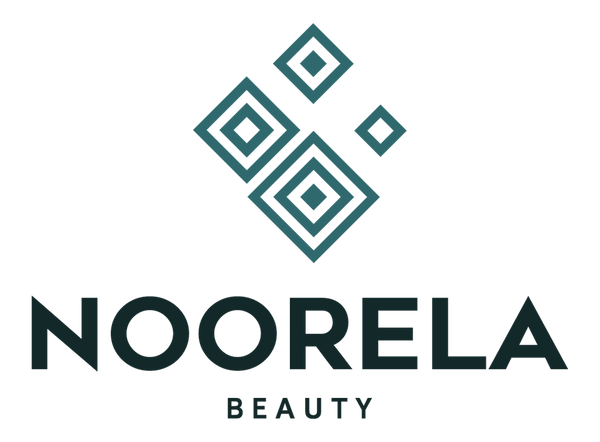
What Makeup Brush to Use for Foundation: A Practical Guide for a Flawless Base
If you’ve ever stood in front of a mirror holding a foundation brush and wondered, “Is this the right one?” — you’re not alone. Choosing the right tool for your base can make or break your makeup routine. So let’s talk about what makeup brush to use for foundation — and why it matters more than you might think.
Why the Right Brush Matters
Foundation is your makeup’s backbone. A smooth, even base sets the tone for everything else — from blush to eyeshadow. And while fingers or sponges can work in a pinch, a good brush gives you control, coverage, and a cleaner finish.
Still, not all brushes are created equal. Different formulas — liquid, cream, or powder — behave differently, and your brush should match the job. That’s why knowing what makeup brush to use for foundation can save you time, product, and frustration.
The Main Types of Foundation Brushes (And How to Use Them)
Let’s break it down. These are the four most common types of foundation brushes — and when to use each.
1. Flat Foundation Brush (Paddle Brush)
- Best for: Liquid or cream foundation
- What it does: Think of this one like a paintbrush for your face. It helps “paint” on foundation with precision, especially around the nose and under the eyes.
- How to use it: Dot foundation on your skin and blend outward with downward strokes. It’s great for buildable coverage.

2. Stippling Brush
- Best for: Light liquid or tinted moisturizers
- What it does: A duo-fiber brush that gives an airy, diffused finish — perfect for a natural look.
- How to use it: Use light, circular motions to “stipple” (or bounce) the product into your skin. Avoid dragging — you want to press, not smear.
3. Flat Top Kabuki Brush
- Best for: Medium to full coverage with liquid or cream foundation
- What it does: This is the powerhouse. The densely packed bristles buff product into your skin for a smooth, almost airbrushed finish.
- How to use it: Apply foundation in dots and use circular motions to blend. Ideal for full-face coverage, fast.
4. Buffing Brush
- Best for: Cream or stick foundations
- What it does: Slightly rounded and firm, this brush works well with thicker formulas that need a bit of blending muscle.
- How to use it: Buff in small circles until the product disappears into your skin.
What Makeup Brush to Use for Foundation: Choosing Based on Skin Type
Still unsure what makeup brush to use for foundation? Your skin type plays a role too:
- Oily Skin: Use dense brushes like flat-top kabukis for full coverage and better oil control.
- Dry Skin: Stippling brushes work better, offering light coverage without clinging to dry patches.
- Sensitive Skin: Look for ultra-soft synthetic bristles that won’t irritate.
Synthetic brushes are almost always a better bet for foundation — they absorb less product and are easier to clean than natural hair brushes.
Brush Cleaning = Skin Saving
No matter what makeup brush you use for foundation, dirty brushes are a no-go. Foundation brushes need regular washing (ideally once a week) to prevent breakouts and maintain performance.
Quick tips:
- Use a gentle brush cleaner or baby shampoo
- Rinse with lukewarm water
- Always dry flat — never upright (or the glue might loosen)
Final Thoughts: Use What Works for You
Ultimately, when figuring out what makeup brush to use for foundation, remember there’s no single “right” answer. It’s about your foundation formula, your skin type, and the kind of finish you like — dewy, matte, sheer, or full-coverage.
Some people swear by a stippling brush. Others love the full-power kabuki. You might end up rotating between two or three brushes depending on the season or your skin’s mood. That’s totally normal.
Knowing what makeup brush to use for foundation isn’t about rules — it’s about understanding what gets you the best result, with the least effort.
Here’s a quick summary:
- For sheer coverage: Stippling brush
- For full coverage: Flat-top kabuki or buffing brush
- For detailed work: Flat paddle brush
- Clean weekly, use synthetic bristles, and trust your skin.
